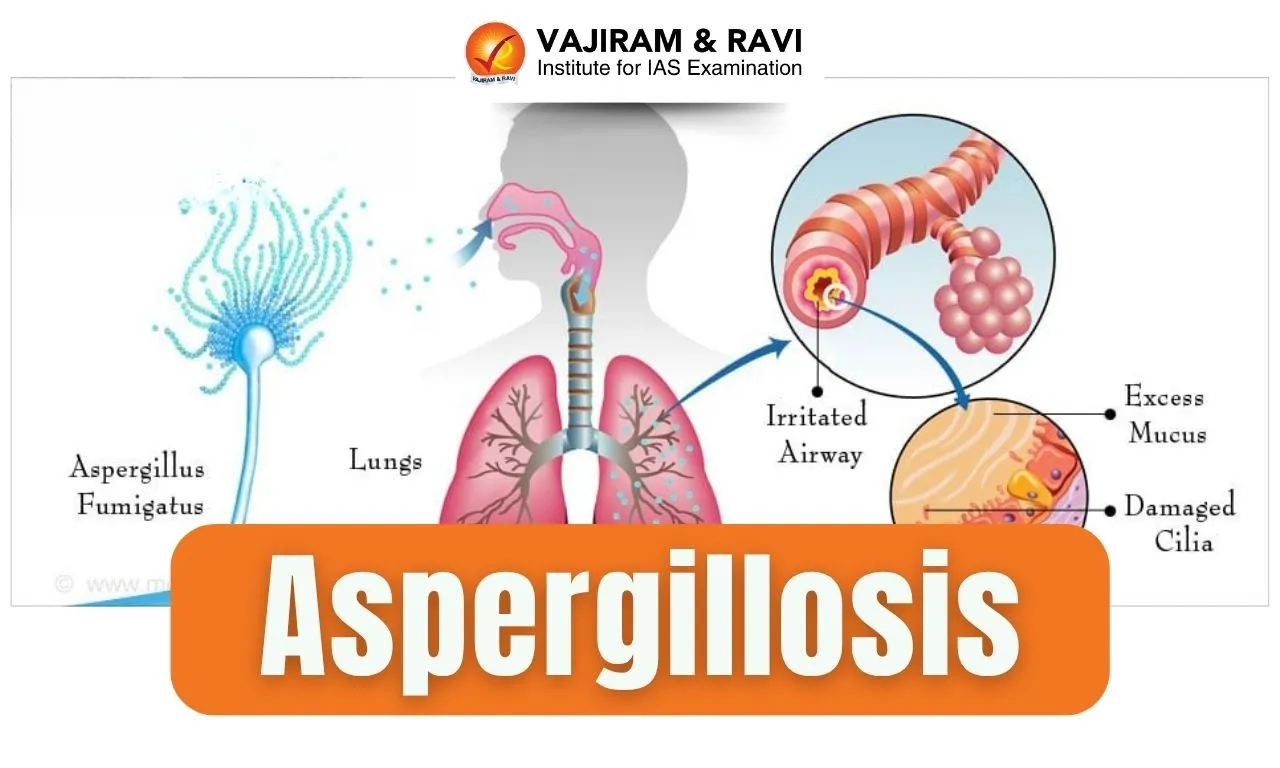Grandala Latest News
A Rare 'Grandala' electric-blue bird was recently spotted in Sainj Valley, Himachal Pradesh.
About Grandala
- It is a species of bird in the thrush family Turdidae.
- Scientific Name: Grandala coelicolor
- It is the only species placed in the genus Grandala.
- It is an arboreal insectivore.
Grandala Distribution
- It ranges across the northeastern Indian Subcontinent and some adjoining regions, existing primarily in the low-to-mid altitudes of the Himalayas.
- It is found in Bhutan, India, Myanmar, and Nepal, as well as Tibet and other areas of China.
- Habitat: Alpine and subalpine regions, typically found at elevations between 3,000 to 5,000 meters.
Grandala Features
- Body length - 20.5-23 cm, weight from 38 to 52 g.
- The plumage of the male is blue-gray, only the tail and wings are black.
- The plumage of the female is brownish with white stripes; rump gray-blue; the tip and underside of the wing feathers are white.
- They are known for their unique flock-forming behavior during non-breeding seasons. These spectacular flocks can sometimes be composed of up to 200 individuals.
Grandala Conservation Status
It is classified as 'Least Concern' under the IUCN Red List.
Source: TIMESN
Grandala FAQs
Q1: Grandala belongs to which bird family?
Ans: Turdidae
Q2: In which habitat is the Grandala typically found?
Ans: Alpine and subalpine regions
Q3: What is the conservation status of the Grandala according to the IUCN Red List?
Ans: Least Concern









